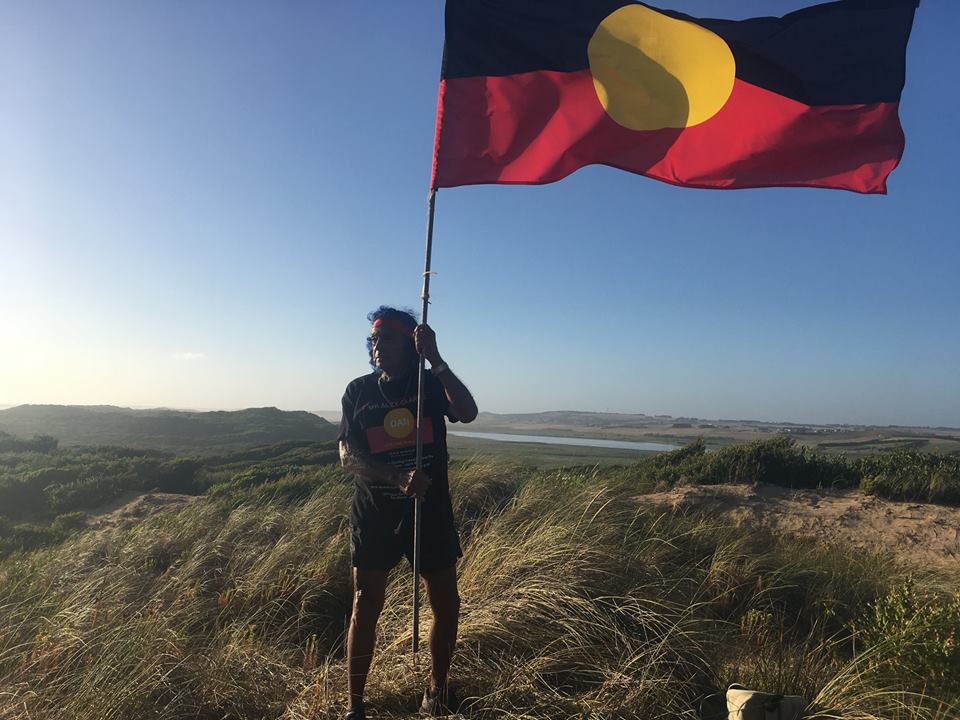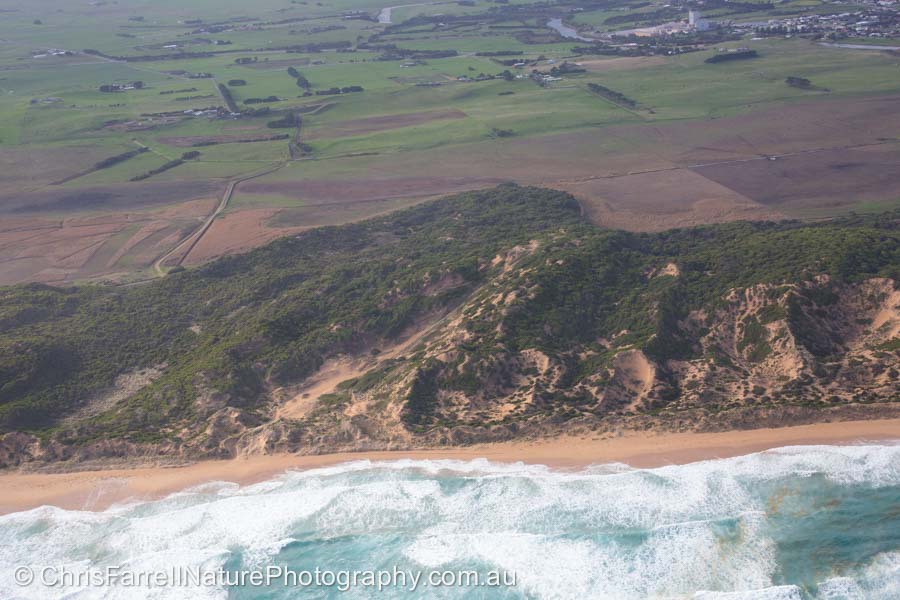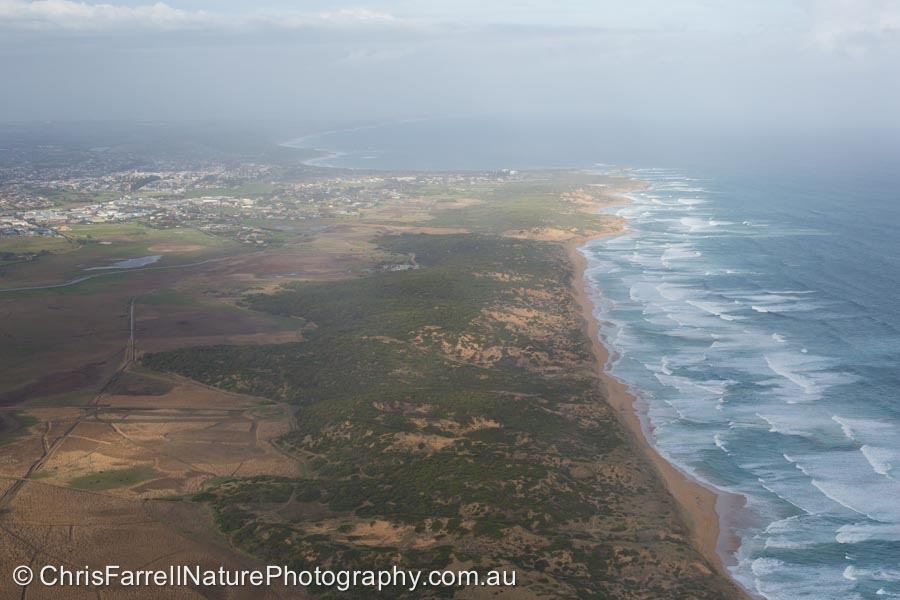
Carol Altmann – The Terrier
Once Budj Bim is declared a UNESCO World Heritage site, as is expected in July, how on earth will we justify large-scale racehorse training at Levy’s Beach?
What will we tell visitors from around the world who will travel – and believe me, they will come – to see our wild coastline and its incredible indigenous history, about racehorse training in a coastal reserve, as is due to happen from November?
“Oh,” they will ask quizzically, “so the traditional owners are okay with it?”
Actually, no, the traditional owners are not okay with it. They have never been okay with it, but we went ahead with it anyway.
Actually, we shall have to add, the Gunditjmara people said from day one that they did not want large-scale racehorse training at Levy’s Beach and Aboriginal elders are still fighting with all their might against it, but their voices were not enough.
In fact, we shall have to confess, the traditional owners were told they will just have to move their artefacts out of the way, as if they were a neat stack of objects lying on the surface like grandma’s best china.

“Oh, but what about the spiritual and cultural connections that indigenous people have to this stretch of coast?” the curious will ask.
Well, we shall explain, they have been told to “share”, because the beach “belongs to everyone” and “sharing” has always worked so well for indigenous people in the past…
Honestly, how will we justify it? I can already feel the shame.
I am astonished that the resistance of the traditional owners to having up to 160 racehorses a day at Levy’s beach, five days a week, from this November was not enough to stop this plan dead in its tracks.
It is particularly astonishing given the Warrnambool City Council has embraced the significance of Moyjil/Point Richie, and is acutely aware of including indigenous stories in the future management of Lake Pertobe/Pirtup Killingk.
All fabulous stuff.
The WCC is also involved in developing a masterplan for the future of Tower Hill, which is yet another jewel in the rich indigenous history of our southern coastline that stretches from Moyjil, to Levy’s, to the Crags, to Deen Maar, around to Portland and the battlefields of the Eumerella wars, up to Budj Bim and Lake Condah.
We are sitting on a tourism mecca.
Make no mistake, indigenous and environmental tourism is the way of the future.

The UNESCO listing of Budj Bim/Mt Eccles will be a gamechanger and the State Government knows it, having allocated $5 million toward the next step before the listing is even final.
When it is confirmed, it will put Budj Bim up there with Kakadu, the Great Barrier Reef and Uluru.
And next month, coincidentally, globally celebrated indigenous opera singer and composer Deborah Cheetham will premiere a new work around the resistance wars that happened right here.
It will be Australia’s first indigenous requiem and it has been inspired by the terrible and tragic events during the colonial settlement of south-west Victoria that we are only now coming to understand.
All of this is unfolding around us in Warrnambool and yet, in Warrnambool, we are about to plonk large-scale racehorse training right in the middle, just a few miles from a beautifully kitted out racecourse and, of course, Lady Bay beach, where racehorses are already allowed.
Why?
Jobs? Really?
If that is the only justification (leaving aside the argument about the mental health benefits to the racehorses which, to me, must be the ultimate insult to traditional owners), then it is ridiculously short-sighted.
You can see racehorses and racetracks in dozens of countries around the world, but there is only one Tarerer coastline, one Levy’s, one Crags, one Deen Maar, one Moyjil.
These places are precious and irreplaceable and we are so fortunate to have them right here. They are a part of our future and what a wonderful future it could be.
The good news is that it is not too late to turn things around.
We can still ask our civic leaders to step back from making what will be a terrible mistake.
There is still time for our council, the State Government, and those in the racing industry who are pushing hard for access to Levy’s to respect the wishes of the traditional owners, to acknowledge that racehorse training can happen elsewhere, and to all work toward protecting this precious piece of coastline from further harm.
We can then hold our heads high as a part of the Budj Bim to Moyjil story – a story that goes back tens of thousands of years and is of global significance – rather than fumble for answers when we are asked to justify the unjustifiable.
So which path will we choose? Pride or shame? I know which path I want to be on.
Would you like to support The Terrier? Why not throw something into the tip jar? It all helps!


As usual Carol, a beautifully and truthfully written piece that should be read by all of the Western district (and even promoted in schools)